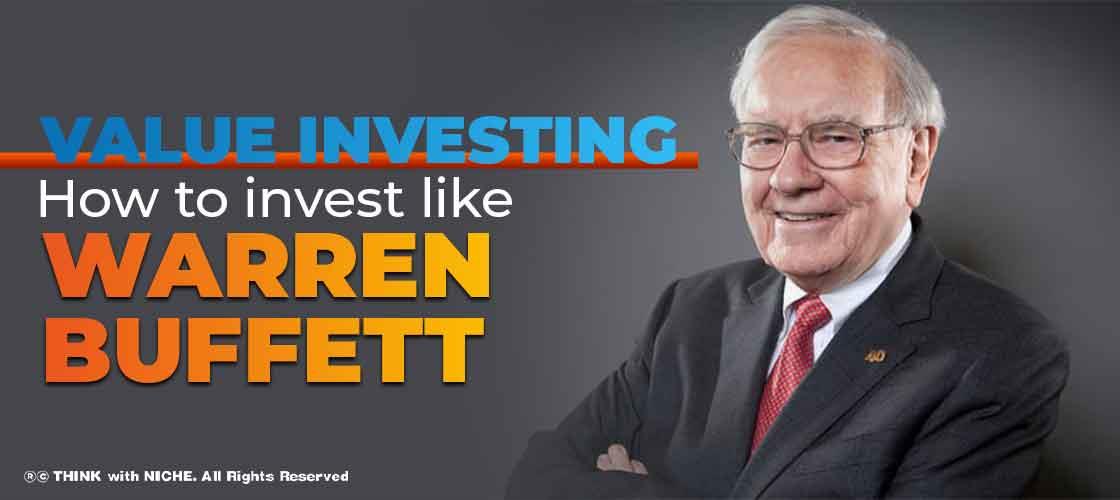
Post Highlights
Value investors aggressively seek stocks that they believe the market undervalues. Value investors utilize financial analysis, don't follow the crowd, and invest in high-quality companies for the long run. #ThinkWithNiche
Picking stocks that appear to be trading for less than their fundamental or book worth is value investing. Value investors constantly seek stocks that they think the market undervalues. They believe that the market overreacts to both excellent and bad news, resulting in stock price swings out of line with a company's long-term fundamentals. The market's overreaction provides an opportunity to benefit by purchasing stocks at a discount—on sale.
Understanding the Concept of Value Investing
The basic idea behind everyday value investing is simple: if you know what something is worth, you can save a lot of money simply by buying it on sale. Most people would agree that whether you buy a new TV on sale or at full price, you get the same screen size and visual quality. Stocks act similarly, which means that the stock price of a firm might fluctuate even if the company's value or valuation remains constant. Stocks, like televisions, go through cycles of higher and lower demand, resulting in price fluctuations—but that doesn't change what you get for your money. Value investing is the strategy of researching to reveal the hidden stock sales and purchasing them at a lower price than the market value. Investors might be handsomely rewarded for buying and keeping these value equities for the long term.
Intrinsic value and value investing
Investors use a range of indicators to find out exactly a stock's valuation or intrinsic value. Financial analysis, such as analyzing a company's financial performance, sales, earnings, cash flow, and profit, as well as fundamental aspects, such as the company's brand, business model, target market, and competitive advantage, are all used to determine intrinsic value. The following are some of the metrics used to value a company's stock: Price-to-book is a rate that equates the value of a company's assets to its stock price. The stock is undervalued if the price is less than the value of the assets, assuming the company is not in financial trouble. Price-to-earnings ratio, which reveals the company's profits history to see if the stock price is cheap or not reflecting all of the earnings.
Don’t follow the herd
Value investors have a lot in common with contrarians in that they don't follow the crowd. They not only reject the efficient-market idea, but they also sell or stand back while everyone else is buying. They're buying or holding when everyone else is selling. Trendy stocks aren't bought by value investors because they're usually overvalued.
Listening to your emotions
When making investment decisions, it's difficult to disregard your emotions. Even if you can evaluate figures objectively and critically, fear and exhilaration may arise when it comes time to utilize some of your hard-earned cash to buy a stock. More crucially, if the stock's price declines after you buy it, you may be inclined to sell it. Keep in mind that the goal of value investing is to avoid panicking and following the crowd. So avoid the temptation of buying when stock prices are rising and selling when they are falling.
Conclusion
Long-term value investing is a strategy. For example, Warren Buffett buys equities to hold them for a long time. "I never try to earn money on the stock market," he once declared. I buy on the expectation that the market will close the next day and will not reopen for five years." When it's time to make a significant purchase or retire, you'll probably want to sell your stocks, but by diversifying your portfolio and keeping a long-term vision, you'll be able to sell your stocks only when their price exceeds their fair market worth.
For More Startup Articles Click Here
Comments
Post a Comment